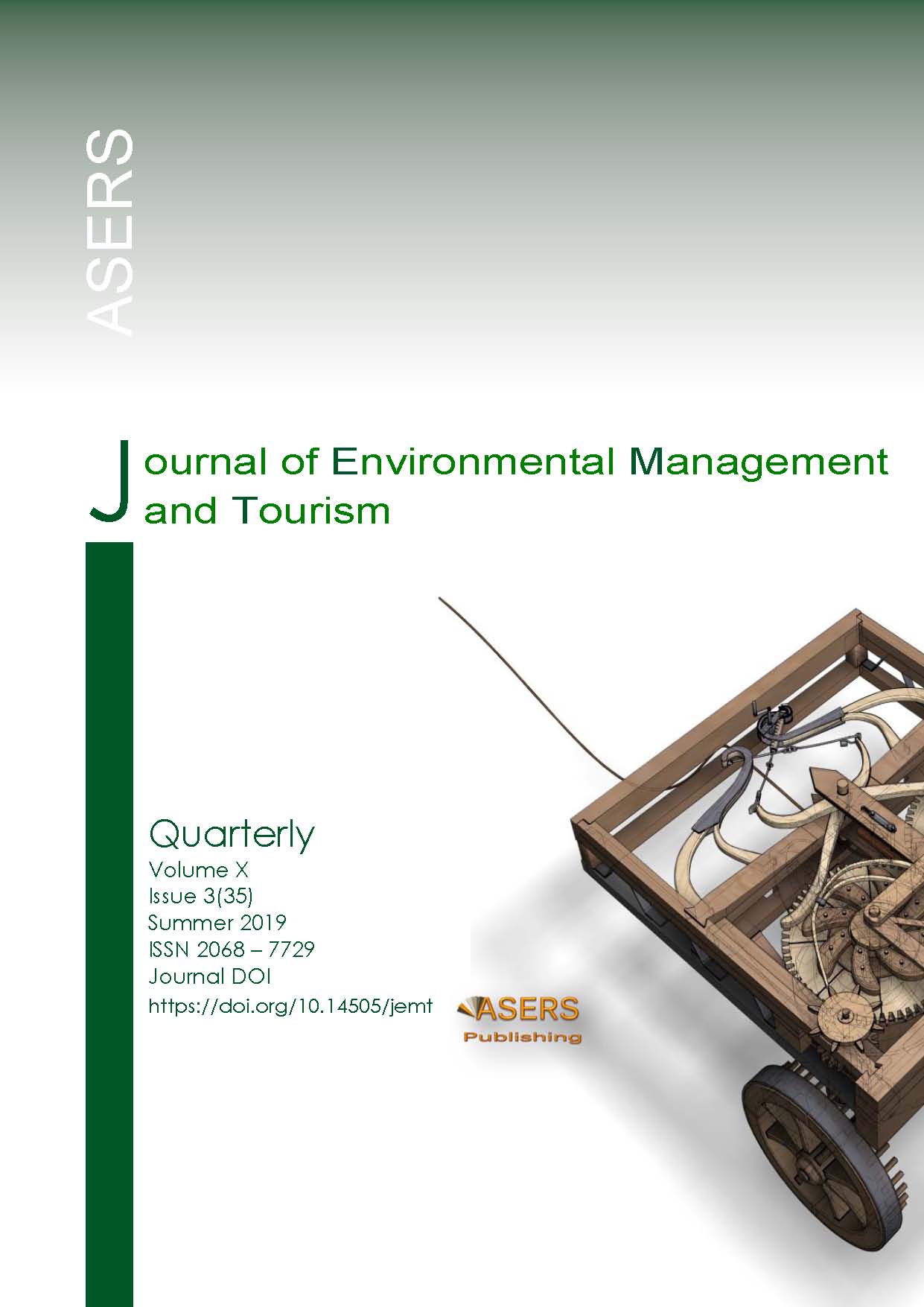Affected Factors for Solid Waste Management in the Upstream of Watershed and Touristic Area using Analytic Hierarchy Process. A Case Study of Pai District, Thailand
Affected Factors for Solid Waste Management in the Upstream of Watershed and Touristic Area using Analytic Hierarchy Process. A Case Study of Pai District, Thailand
Author(s): Jessadanan Wiangnon, Thares Srisatit, Nisa PakvilaiSubject(s): Economy, Energy and Environmental Studies, Tourism
Published by: ASERS Publishing
Keywords: tourism; solid waste management; analytic hierarchy process; upstream area;
Summary/Abstract: The promotion of tourism by the government and the creation of local tourist attractions are becoming extremely popular. This has direct negative impacts on the environment, especially the existence of a significant quantity of garbage and its ineffective management. The upstream areas that experience considerable tourism often face problems in solid waste management (SWM), especially in areas with management limitations. The purpose of this study is to study the various important factors that affect the efficiency of SWM from tourism in the upstream areas by exploring the attitudes of those involved in the Pai district, Mae Hong Son Province, using the questionnaire. The questionnaire has been analysed by statistical methods using the SPSS program, and, then, the data has been analysed by 16 experts from 8 related fields using the analytical hierarchy process (AHP) to prioritise the factors affecting the efficiency of waste management from tourism in upstream areas. The study indicated that a total of 30 factors were grouped into 5 groups. The highest important factor is personnel and knowledge, followed by budget and equipment, area and strategy, cooperation and process, and economy and society. Executive vision is the most important secondary factor towards SWM resulting from tourism in the upstream areas. The summary of this research can be used to effectively drive spatial work, which is suitable for small cities located in upstream areas, and growth in tourism, and such information can be applied to other areas that have similar characteristics, which will lead to efficient spatial SWM.
Journal: Journal of Environmental Management and Tourism (JEMT)
- Issue Year: X/2019
- Issue No: 03 (35)
- Page Range: 563-574
- Page Count: 12
- Language: English
- Content File-PDF

